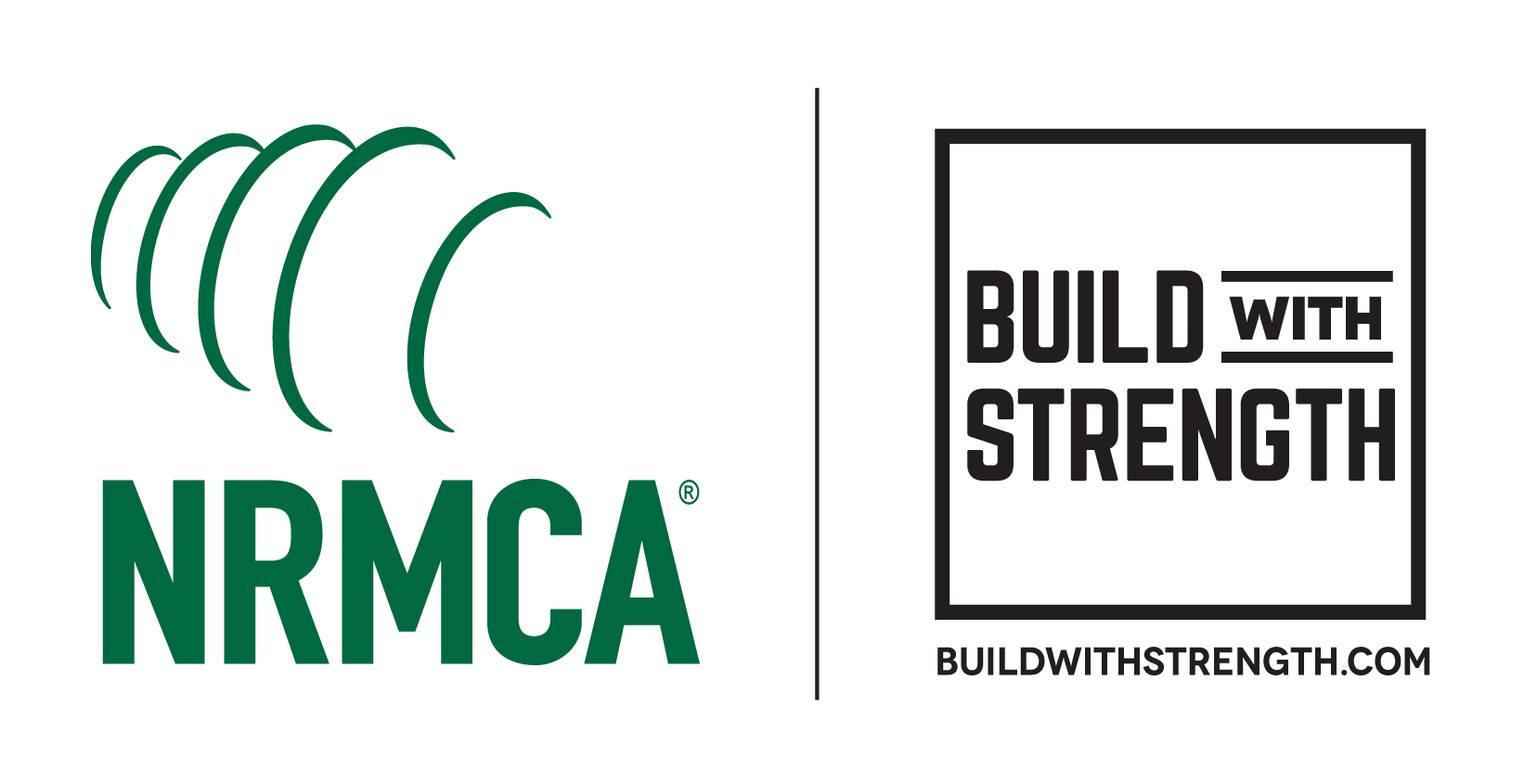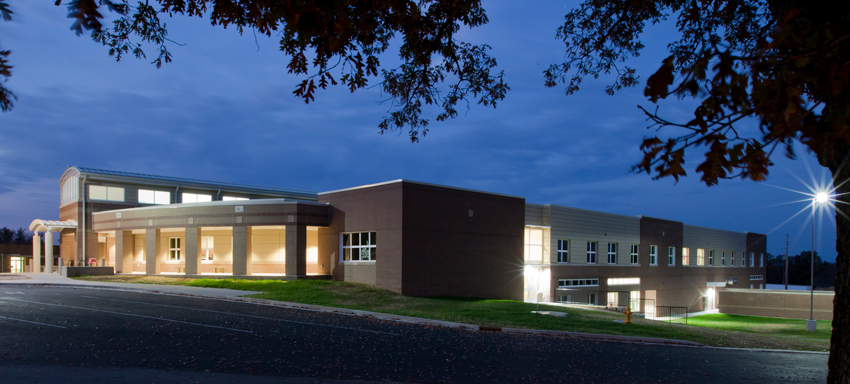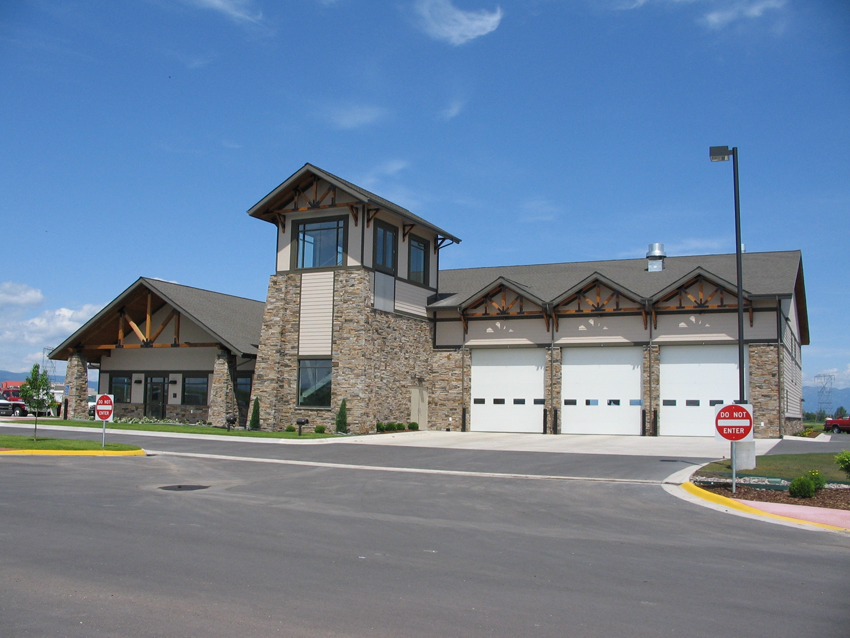Insulating Concrete Forms for Commercial Construction
 1 AIA LU/HSW; 0.1 ICC CEU; 0.1 IACET CEU*; 1 AIBD P-CE; AAA 1 Structured Learning Hour; This course can be self-reported to the AANB, as per their CE Guidelines; AAPEI 1 Structured Learning Hour; This course can be self-reported to the AIBC, as per their CE Guidelines.; MAA 1 Structured Learning Hour; This course can be self-reported to the NLAA.; This course can be self-reported to the NSAA; NWTAA 1 Structured Learning Hour; OAA 1 Learning Hour; SAA 1 Hour of Core Learning
1 AIA LU/HSW; 0.1 ICC CEU; 0.1 IACET CEU*; 1 AIBD P-CE; AAA 1 Structured Learning Hour; This course can be self-reported to the AANB, as per their CE Guidelines; AAPEI 1 Structured Learning Hour; This course can be self-reported to the AIBC, as per their CE Guidelines.; MAA 1 Structured Learning Hour; This course can be self-reported to the NLAA.; This course can be self-reported to the NSAA; NWTAA 1 Structured Learning Hour; OAA 1 Learning Hour; SAA 1 Hour of Core Learning
Learning Objectives:
- Explain the basic design criteria and construction elements of commercial and institutional buildings built with insulated concrete forms (ICFs).
- Enumerate the many benefits of building with ICFs, including energy efficiency, cost efficiency, health, acoustics, durability, and fire safety.
- Discuss how concrete contributes to a building’s resilience to fire, flood, wind, and earthquakes, and helps protect the safety and health of occupants.
- Identify ways in which ICF concrete construction can promote health, safety, and welfare in a variety of building types.
This course is part of the Concrete Academy
Institutional Buildings
Hospitals and clinics, police stations, fire stations, and other government buildings have one thing in common: they need to survive disasters and last for a long time. This is why many communities are turning to ICF construction, since reinforced concrete has long been the material of choice to resist extreme structural loading from wind, earthquakes, floods, and fires. Many ICF buildings have survived disasters while surrounding buildings with less-durable materials have been completely destroyed.
Because ICF walls are integral with a concrete floor and roof system, they are extremely resistant to high loading and provide significant structural redundancy to avoid catastrophic failure. The solid walls act as shear walls to resist wind and earthquake loading. They also provide protection from flying debris caused by hurricanes and tornadoes. Because concrete and EPS are water resistant, even when a building is subject to flooding, the structure survives. This property protection is vital for communities to withstand and recover from disruptive events.
ICF walls are designed using traditional design requirements of the ACI 318 Building Code. This means that architects and engineers can use the same analysis and design techniques used on traditionally formed concrete buildings.














